06 Nov Combating Eye Strain from Remote Work
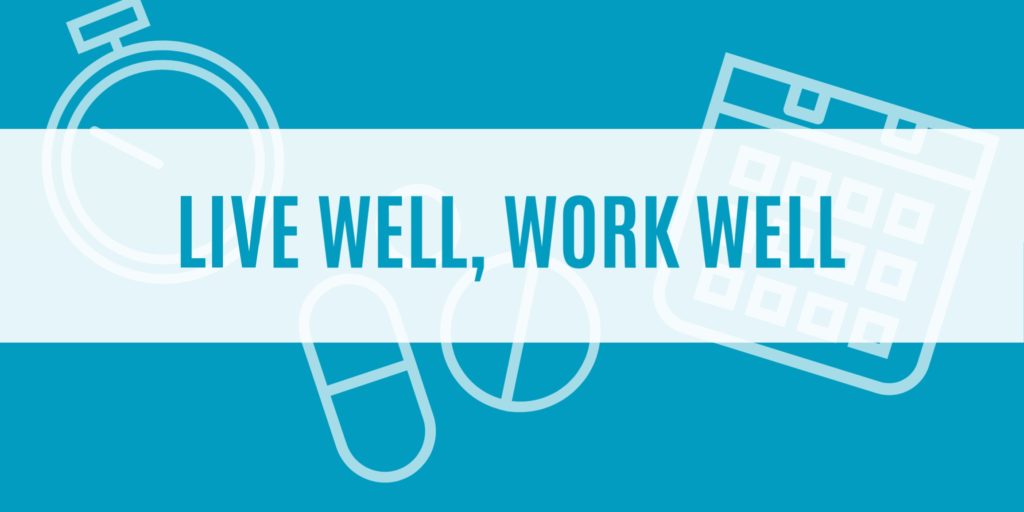 The Vision Council reported that more than 70% of Americans don’t know—or don’t believe—that they could suffer from eye strain.
The Vision Council reported that more than 70% of Americans don’t know—or don’t believe—that they could suffer from eye strain.
The reality is that most adults are on digital media for about four to six hours each day. If your job involves working on a computer and you’ve been logging on from home, you may be racking up even more hours than normal in front of a brightly lit screen. 06 Nov The Catch-Up Payment Provision for Overtime Exempt Employees
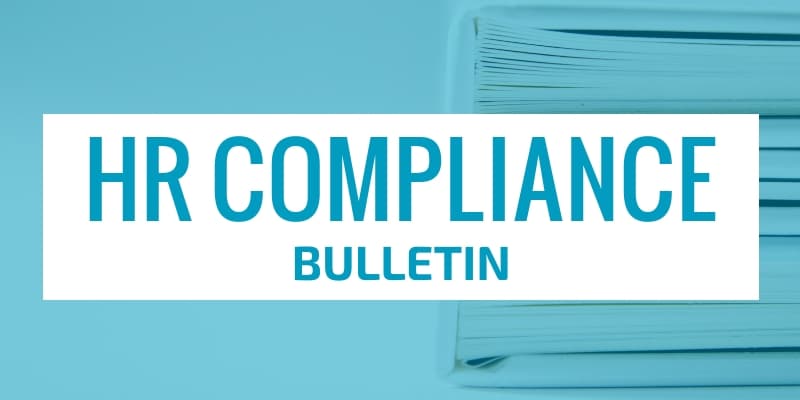 The U.S. Department of Labor’s (DOL) final rule on defining and delimiting the exemptions for executive, administrative, professional, outside sales and computer employees (EAP employees) became effective Jan. 1, 2020. Among other things, the final rule updated the standard salary level employees must satisfy to qualify for an overtime exemption.
The U.S. Department of Labor’s (DOL) final rule on defining and delimiting the exemptions for executive, administrative, professional, outside sales and computer employees (EAP employees) became effective Jan. 1, 2020. Among other things, the final rule updated the standard salary level employees must satisfy to qualify for an overtime exemption.
The final rule also allows employers to use nondiscretionary bonuses and incentive payments (including commissions) to satisfy up to 10% of the standard salary level if these payments are made at least on an annual basis.
To enable compliance with the nondiscretionary bonus option, the final rule allows employers to make a “catch-up” payment at the end of each 52-week period. This Compliance Overview explains how this provision can be used. 06 Nov 5 Ways to Manage Poor Workplace Performance Among Remote Workers
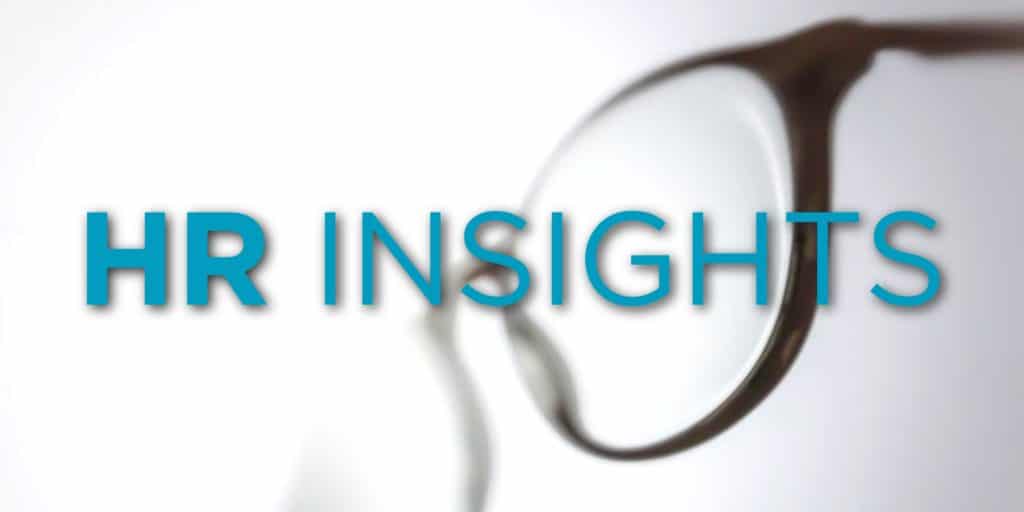 A successful business is all about accountability. Each worker’s individual contributions build on one another and culminate into something greater, to the benefit of the company and its customers.
A successful business is all about accountability. Each worker’s individual contributions build on one another and culminate into something greater, to the benefit of the company and its customers.
Conversely, when some individuals struggle with their performance, the entire organization can suffer.
Unfortunately, addressing poor performance isn’t always easy. This is especially true amid the COVID- 19 pandemic, as remote working often makes accountability more complicated. This article offers five tips to help employers manage poor performance in the workplace, even while everyone is working from home. 03 Nov Trends at a Glance: Prescription Drug Plans
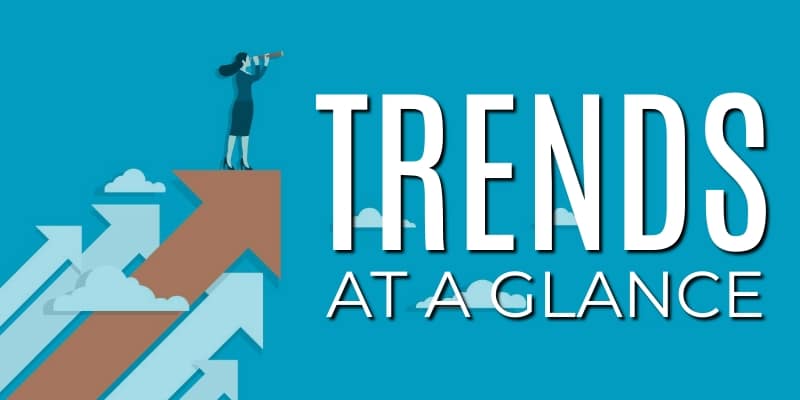
Always mindful of the exponential increases in prescription drug costs, particularly for chronic conditions and specialty care, employers and carriers alike continue to seek ways to mitigate these costs in order to hold premiums in line.
Data within this Trend at a Glance is based on the 2020 UBA Health Plan Survey and are based on responses from 11,788 employers sponsoring 21,980 health plans covering 1,366,186 employees nationwide. Reseco Insurance Advisors is a member of United Benefit Advisors (UBA) and by using this data, we can help employers more accurately evaluate costs, contrast the current benefit plan’s effectiveness against competitors’ plans, and adjust accordingly. This gives employers a distinct competitive edge in negotiating rates—and recruiting and retaining a superior workforce.


 The results are in from this year’s Brake Safety Week, an annual campaign that’s part of the Commercial Vehicle Safety Alliance’s (CVSA) Operation Airbrake program. The purpose of this event is to raise awareness regarding the importance of brake maintenance and efficiency, as well as reduce brake-related crashes on the road.
The results are in from this year’s Brake Safety Week, an annual campaign that’s part of the Commercial Vehicle Safety Alliance’s (CVSA) Operation Airbrake program. The purpose of this event is to raise awareness regarding the importance of brake maintenance and efficiency, as well as reduce brake-related crashes on the road.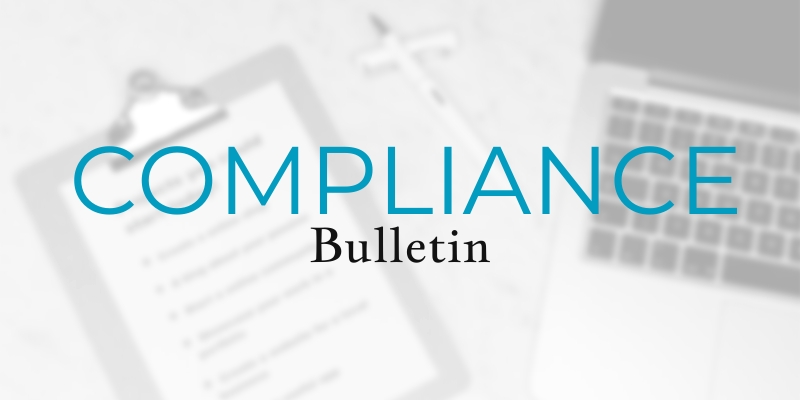 Many employee benefits are subject to annual dollar limits that are periodically updated for inflation by the IRS. The following commonly offered employee benefits are subject to these limits:
Many employee benefits are subject to annual dollar limits that are periodically updated for inflation by the IRS. The following commonly offered employee benefits are subject to these limits: